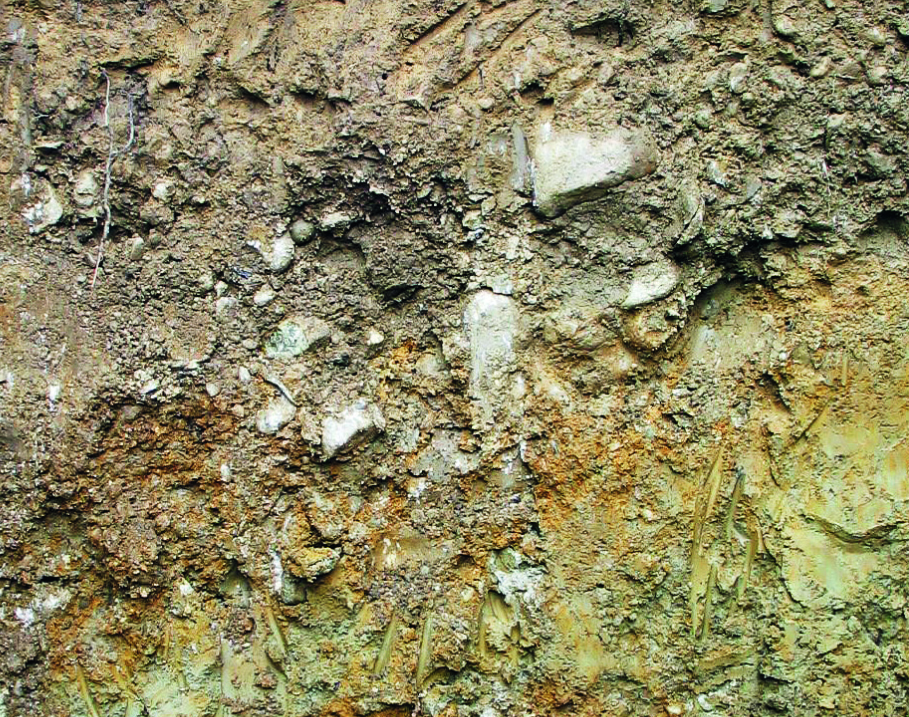Kirchholz
Loam
The Kirchholz site borders directly on the Hochäcker site. Only a field path separates them, and yet on this side,
the upper soil layer consisting of loam and sandy gravel can be as thick as half a meter, which enhances drainage. In its composition of clay and loam the subsoil is similar to that of the Hochäcker site. Here Blaufränkisch grapes grow on vines which can be up to sixty years old.
Blaufränkisch
To bring out the traits of this rocky soil we have been vinified the grapes from these sites separately since 2003. The wine is fruitier, bold, lively, and due to the age of the vines, it has more character and vibrant tannins.
Orography: West-East wandering ridge, slightly sloping on both sides
Soil: Gleyic Cambisol, lime-free, medium-heavy, deeply rooted
Geology: Coarse gravel on top of deeply weathered clay to silt freshwater sediments originating from the Pannonian
Age: approx. 10 million years
Altitude: 235 meter
Density: 4000 vines/hectare
Age of Vines: 45 years
Kirchholz 2016 Kirchholz 2017 Kirchholz 2018 Kirch 2021

Franz about the Kirchholz:
Always a balance of minerality and power. Something special about the Kirchholz, besides the beautiful natural green cover, is the work of the ants.
For years I have noticed ants building their dens right next to the vines and cleaning the wood of the old vines. This almost 70-year-old vineyard was not always perfectly pruned in the past and the larger wounds sometimes resulted in deadwood in the vine. Problems often arise from this dead wood, since a disease (Esca) can occur from here. Some winegrowers have therefore started to cut this dead wood out of the vines with chainsaws.
At the Kirchholz, our ants do it better than any chainsaw. They specifically only eat the broken wood and bring air into the vines.